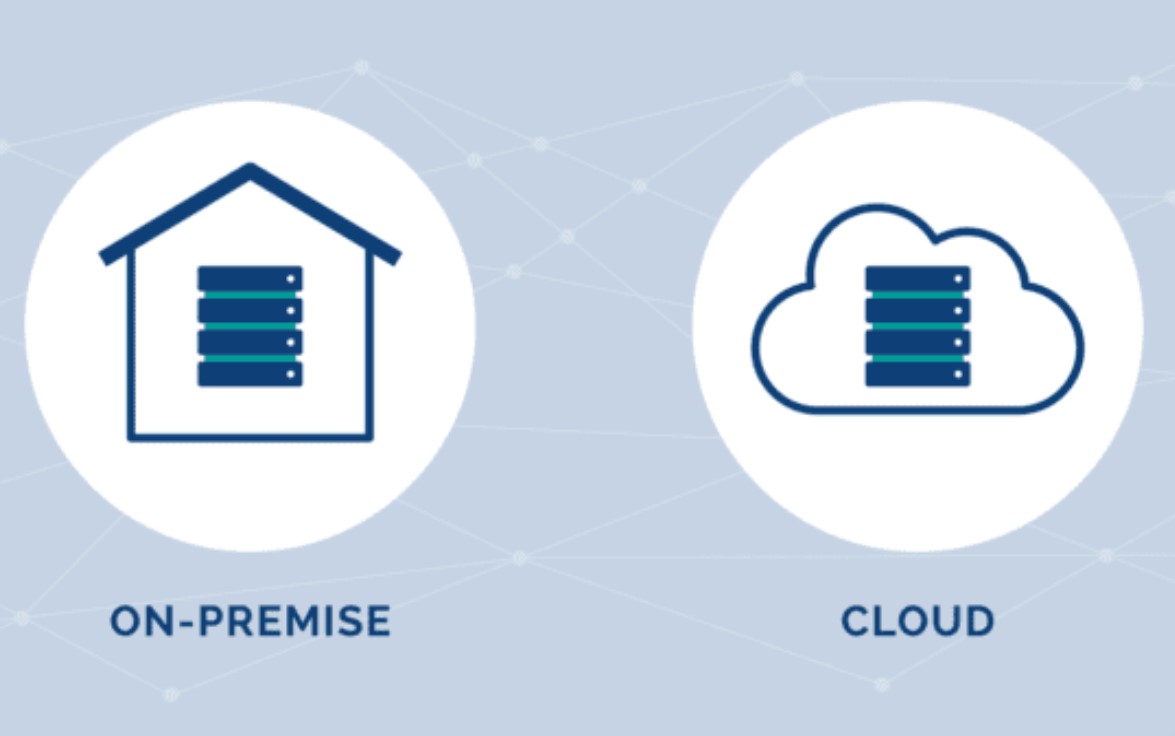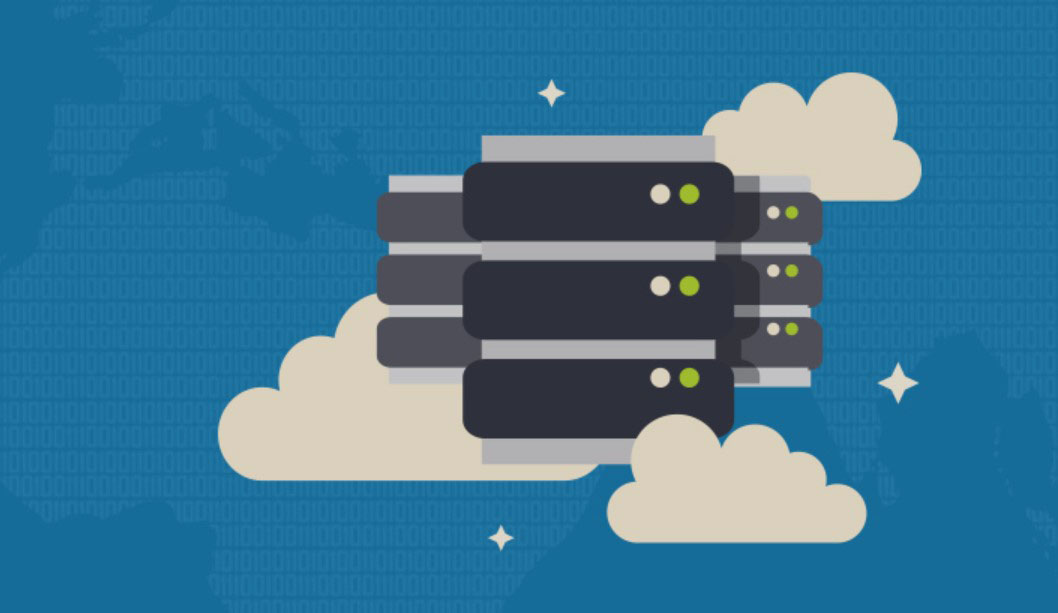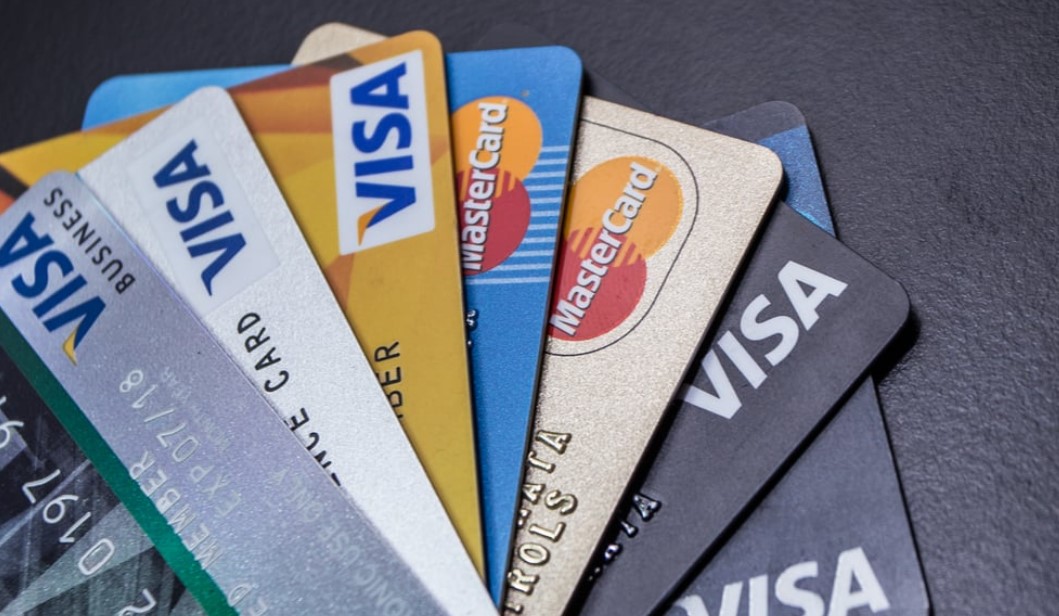
Choosing the right credit card can be a daunting task, especially when deciding between secured and unsecured credit cards. Both types of cards offer unique benefits and are suited for different financial situations. In this comprehensive guide, we’ll explore the differences between secured and unsecured credit cards, highlight their benefits, and review top products in the market to help you make an informed decision.
Understanding Secured and Unsecured Credit Cards

What is a Secured Credit Card?
A secured credit card requires a cash deposit as collateral, which serves as your credit limit. This deposit reduces the risk for the issuer, making it easier for individuals with no credit history or poor credit to obtain a card. Secured credit cards are often used as a stepping stone to rebuild or establish credit.
Key Features of Secured Credit Cards
- Security Deposit:
- Requirement: A cash deposit is required, typically ranging from $200 to $2,000. This deposit is usually refundable after closing the account or upgrading to an unsecured card.
- Tip: Choose a deposit amount that you can comfortably afford and manage.
- Credit Limit:
- Determination: Your credit limit is typically equal to the amount of your deposit. Some issuers may offer higher limits based on your payment history and creditworthiness.
- Tip: Consider increasing your deposit over time to raise your credit limit and improve your credit utilization ratio.
- Credit Building:
- Purpose: Secured credit cards are designed to help individuals build or rebuild their credit. Responsible use and timely payments are reported to the credit bureaus, helping to improve your credit score.
- Tip: Use your secured card responsibly by keeping your balance low and paying off the full amount each month.
What is an Unsecured Credit Card?
An unsecured credit card does not require a cash deposit and is based on your creditworthiness. These cards typically offer higher credit limits and a range of rewards and benefits. Unsecured credit cards are the most common type of credit cards used by consumers.
Key Features of Unsecured Credit Cards
- No Security Deposit:
- Advantage: There is no need to provide a cash deposit, making it more accessible for those with good to excellent credit.
- Tip: Ensure you have a solid credit history to qualify for the best unsecured credit card offers.
- Credit Limit:
- Determination: Credit limits are based on your creditworthiness, income, and credit history. Higher limits are available for individuals with strong credit profiles.
- Tip: Use your card responsibly to maintain or increase your credit limit over time.
- Rewards and Benefits:
- Incentives: Unsecured credit cards often come with rewards programs, such as cashback, travel points, or discounts. They may also offer additional benefits like travel insurance, purchase protection, and extended warranties.
- Tip: Choose a card that aligns with your spending habits and rewards preferences.
Benefits of Secured and Unsecured Credit Cards
Benefits of Secured Credit Cards
Secured credit cards are ideal for individuals looking to build or rebuild their credit. These cards require a cash deposit as collateral, which typically determines the credit limit. This security deposit minimizes risk for issuers, making approval easier for those with no or poor credit history.
Secured cards report to major credit bureaus, allowing users to establish a positive payment history and improve their credit score over time. Additionally, secured cards offer controlled spending since the credit limit is tied to the deposit, helping users manage their finances responsibly and avoid excessive debt.
Credit Building: Secured credit cards are an excellent tool for building or rebuilding your credit. By making timely payments and keeping your balance low, you can improve your credit score over time.
Approval Odds: Secured credit cards are easier to obtain than unsecured cards, especially for individuals with no credit history or poor credit. The security deposit reduces the risk for the issuer, increasing your chances of approval.
Controlled Spending: The credit limit on secured cards is usually equal to your deposit, helping you manage your spending and avoid accumulating excessive debt.
Benefits of Unsecured Credit Cards
Unsecured credit cards offer numerous benefits, especially for individuals with good to excellent credit. These cards do not require a security deposit, providing immediate access to credit without upfront costs. They often come with higher credit limits, offering greater purchasing power and flexibility.
Many unsecured cards feature attractive rewards programs, such as cashback, travel points, or discounts, which add value to everyday spending. Additionally, they frequently offer perks like travel insurance, purchase protection, and extended warranties. Unsecured credit cards also help in maintaining a healthy credit mix, which can positively impact your credit score.
No Deposit Required: Unsecured credit cards do not require a security deposit, making them more convenient for individuals with established credit.
Higher Credit Limits: Unsecured cards often come with higher credit limits, providing more purchasing power and flexibility.
Rewards and Perks: Many unsecured credit cards offer rewards programs, travel benefits, and additional perks that can add significant value to your spending.
Top Products: Secured and Unsecured Credit Cards
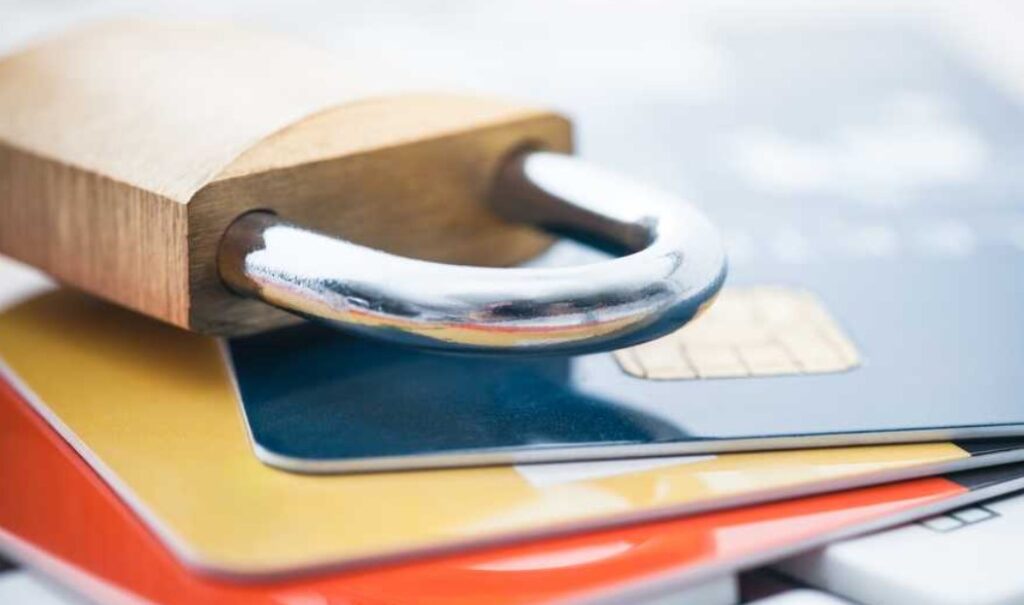
1. Discover it Secured Credit Card
Website: Discover it Secured
Features:
- No annual fee
- 2% cashback at gas stations and restaurants (up to $1,000 in combined purchases each quarter)
- 1% cashback on all other purchases
- Automatic review for transition to an unsecured card after 8 months
Pros:
- No annual fee
- Cashback rewards program
- Opportunity to transition to an unsecured card
Cons:
- Requires a security deposit
- Higher interest rates compared to some unsecured cards
Price: No annual fee, variable APR of 22.99%
2. Capital One Platinum Secured Credit Card
Website: Capital One Platinum Secured
Features:
- Initial credit line of $200 with a refundable security deposit
- No annual fee
- Access to a higher credit line after making your first 5 monthly payments on time
Pros:
- Low minimum deposit requirement
- No annual fee
- Opportunity for credit line increase
Cons:
- Higher interest rates
- Limited rewards program
Price: No annual fee, variable APR of 26.99%
3. Citi® Secured Mastercard®
Website: Citi® Secured Mastercard®
Features:
- No annual fee
- Reports to all three major credit bureaus
- Minimum deposit of $200
Pros:
- No annual fee
- Helps build credit with responsible use
- Reports to major credit bureaus
Cons:
- No rewards program
- Higher APR
Price: No annual fee, variable APR of 23.99%
4. Chase Freedom Unlimited®
Website: Chase Freedom Unlimited®
Features:
- No annual fee
- 1.5% cashback on all purchases
- 5% cashback on travel purchased through Chase Ultimate Rewards
- 3% cashback on dining and drugstore purchases
Pros:
- Generous cashback rewards
- No annual fee
- Additional travel and dining rewards
Cons:
- Requires good to excellent credit
- Higher APR for cash advances
Price: No annual fee, variable APR of 14.99% to 23.74%
5. American Express Blue Cash Preferred® Card
Website: American Express Blue Cash Preferred®
Features:
- $95 annual fee (waived for the first year)
- 6% cashback at U.S. supermarkets (up to $6,000 per year in purchases)
- 3% cashback at U.S. gas stations and on transit
- 1% cashback on other purchases
Pros:
- High cashback rates on groceries and gas
- Introductory annual fee waiver
- Access to American Express benefits
Cons:
- $95 annual fee after the first year
- Requires good to excellent credit
Price: $95 annual fee (waived for the first year), variable APR of 13.99% to 23.99%
Comparison Table: Secured vs Unsecured Credit Cards
| Card | Type | Use Case | Pros | Cons | Price | Features |
|---|---|---|---|---|---|---|
| Discover it Secured | Secured | Credit building | No annual fee, cashback rewards | Requires a deposit, higher interest | No annual fee, 22.99% APR | 2% cashback at gas stations/restaurants, 1% on other purchases, transition to unsecured card after 8 months |
| Capital One Platinum Secured | Secured | Credit building | Low minimum deposit, no annual fee | Higher interest, limited rewards | No annual fee, 26.99% APR | Initial $200 credit line, increase after 5 on-time payments |
| Citi® Secured Mastercard® | Secured | Credit building | No annual fee, reports to all credit bureaus | No rewards program, higher APR | No annual fee, 23.99% APR | Helps build credit, minimum $200 deposit |
| Chase Freedom Unlimited® | Unsecured | Everyday spending | Generous cashback, no annual fee | Requires good credit, higher cash advance APR | No annual fee, 14.99%-23.74% APR | 1.5% cashback on purchases, 5% on travel, 3% on dining/drugstores |
| Amex Blue Cash Preferred® | Unsecured | High grocery/gas spending | High cashback rates, Amex benefits | $95 annual fee after first year, good credit needed | $95 annual fee (waived first year), 13.99%-23.99% APR | 6% cashback at supermarkets, 3% at gas stations and transit, 1% on other purchases |
How to Choose Between Secured and Unsecured Credit Cards
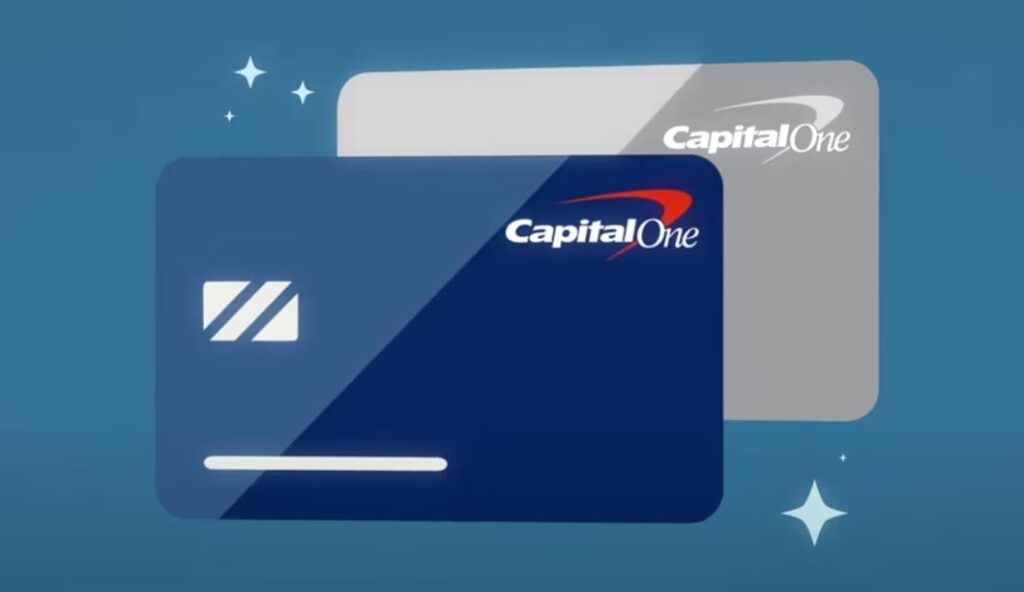
Use Cases and Solutions
Secured Credit Cards:
- For Building Credit: If you have no credit history or poor credit, secured credit cards are an excellent way to build or rebuild your credit. The security deposit reduces the risk for issuers, making approval easier.
- Controlled Spending: The credit limit, tied to your deposit, helps manage spending and avoid excessive debt. Ideal for those who need to establish responsible credit habits.
Unsecured Credit Cards:
- For Established Credit Users: If you have good to excellent credit, unsecured cards offer higher credit limits, rewards programs, and additional perks.
- Maximizing Rewards: Choose an unsecured card with rewards that match your spending habits to maximize benefits like cashback, travel points, or discounts.
Benefits of Using Specific Products
Discover it Secured Credit Card
Credit Building: The Discover it Secured Credit Card helps you build credit by reporting your activity to all three major credit bureaus. Responsible use and timely payments can significantly improve your credit score.
Cashback Rewards: Earn rewards while building your credit. With 2% cashback at gas stations and restaurants and 1% on other purchases, you can benefit from everyday spending.
Capital One Platinum Secured Credit Card
Low Deposit Requirement: With a minimum deposit of $200, it’s accessible for individuals who need to build or rebuild their credit. The card offers a credit line increase after making the first five monthly payments on time.
No Annual Fee: Avoid additional costs while managing your finances and improving your credit score.
Chase Freedom Unlimited®
Generous Cashback: Earn 1.5% cashback on all purchases, 5% on travel through Chase Ultimate Rewards, and 3% on dining and drugstores. It’s a great card for maximizing rewards on everyday spending.
No Annual Fee: Enjoy the benefits of a rewards card without the burden of an annual fee.
American Express Blue Cash Preferred®
High Cashback Rates: Earn 6% cashback at U.S. supermarkets and 3% at U.S. gas stations and transit. This card is perfect for those who spend significantly in these categories.
American Express Benefits: Access additional perks like purchase protection, extended warranties, and travel insurance, adding value to your card membership.
How to Buy and Use Credit Cards
Steps to Apply
- Research and Compare:
- Visit the websites of the credit card providers listed above to compare their features, pros, cons, and pricing.
- Choose a Card:
- Select a credit card that aligns with your financial needs, whether it’s for building credit or maximizing rewards.
- Apply Online:
- Fill out the online application form on the provider’s website. Provide the necessary personal and financial information to complete the process.
- Await Approval:
- Once you submit your application, wait for approval. This can take anywhere from a few minutes to a few days, depending on the issuer.
- Activate Your Card:
- Upon approval and receiving your card, activate it by following the instructions provided by the issuer. This usually involves calling a toll-free number or activating it online.
FAQs
1. What is the difference between secured and unsecured credit cards?
Answer: Secured credit cards require a security deposit, which serves as collateral and typically equals your credit limit. Unsecured credit cards do not require a deposit and are based on your creditworthiness.
2. Can I upgrade from a secured to an unsecured credit card?
Answer: Yes, many issuers allow you to upgrade from a secured to an unsecured card after demonstrating responsible use, such as making timely payments and maintaining a low balance.
3. How does a secured credit card help build credit?
Answer: Secured credit cards report your payment activity to the major credit bureaus. By making on-time payments and keeping your balance low, you can improve your credit score over time.
4. What should I consider when choosing a credit card?
Answer: Consider factors like your credit score, the card’s fees, interest rates, rewards programs, and any additional benefits. Choose a card that aligns with your financial goals and spending habits.
5. Are there any fees associated with secured credit cards?
Answer: Secured credit cards may have fees such as annual fees, late payment fees, and balance transfer fees. Always review the card’s terms and conditions to understand all potential fees.
Choosing between secured and unsecured credit cards depends on your credit history and financial goals. By understanding the differences, benefits, and top products available, you can make an informed decision that enhances your financial health and credit profile. Take advantage of the opportunities each card offers to build or improve your credit, maximize rewards, and achieve greater financial stability.



